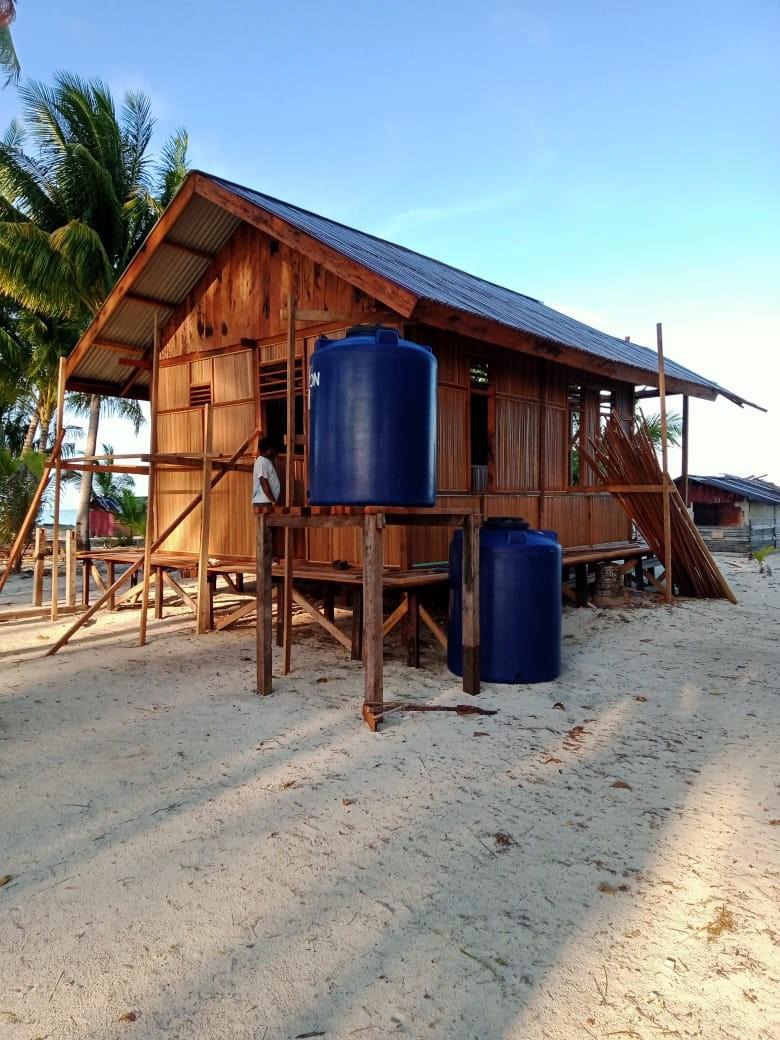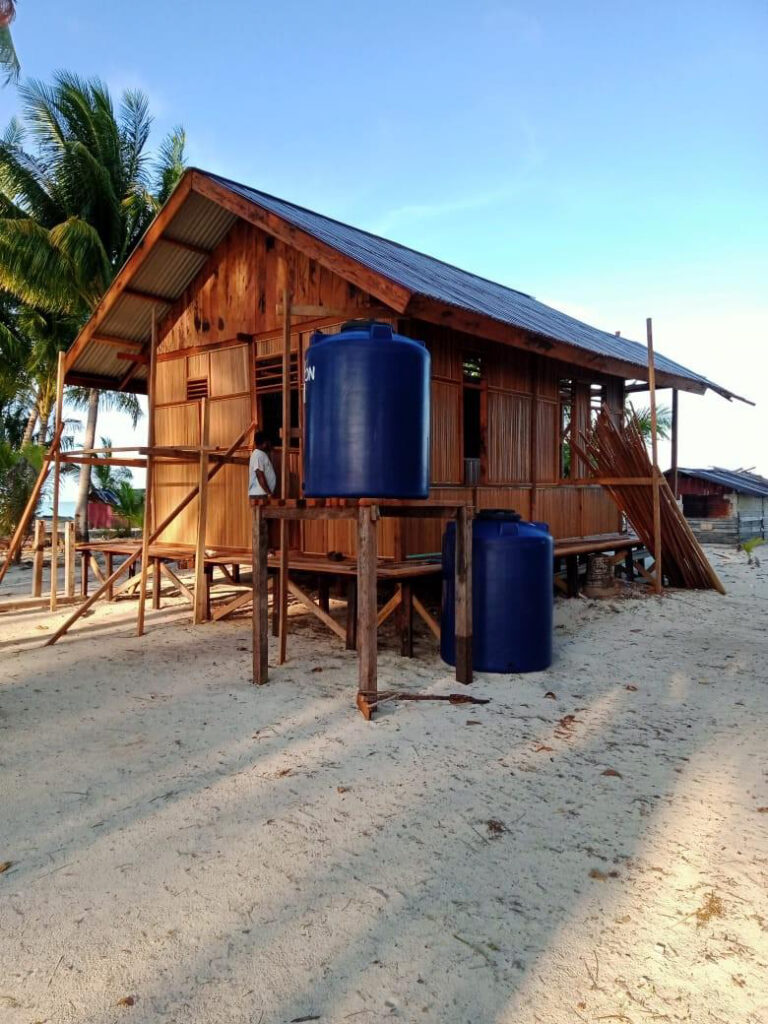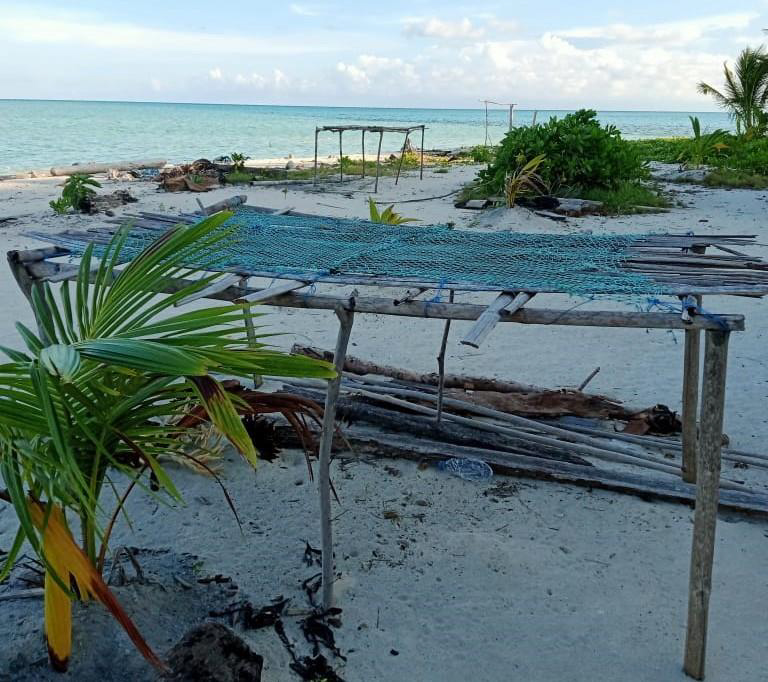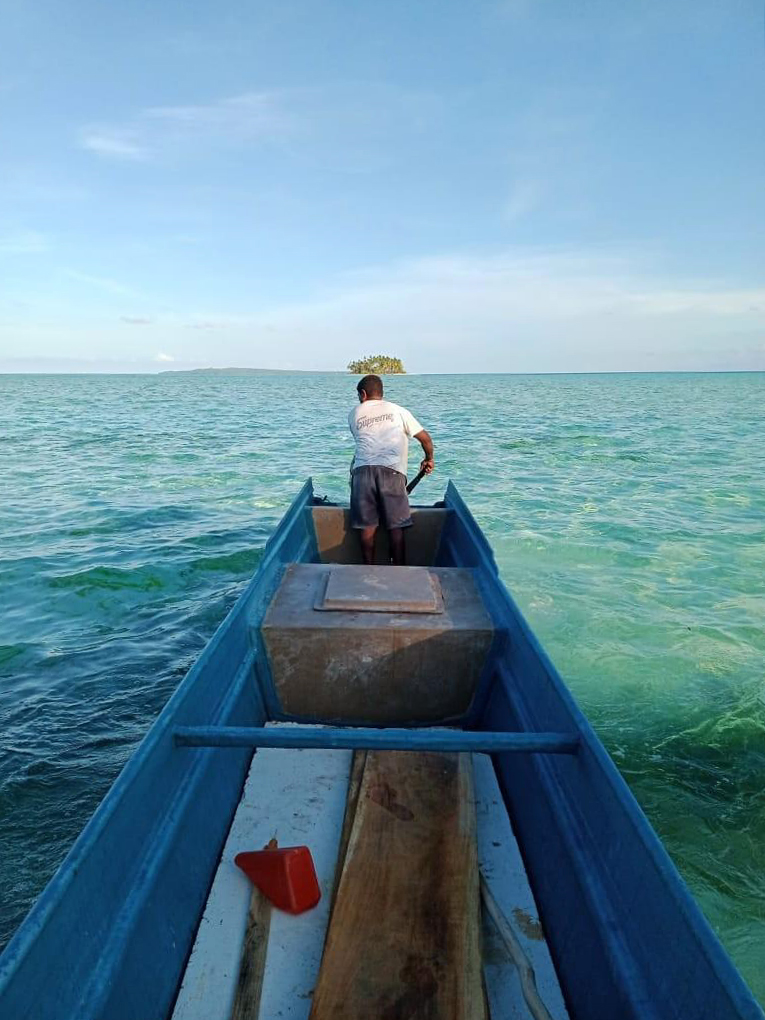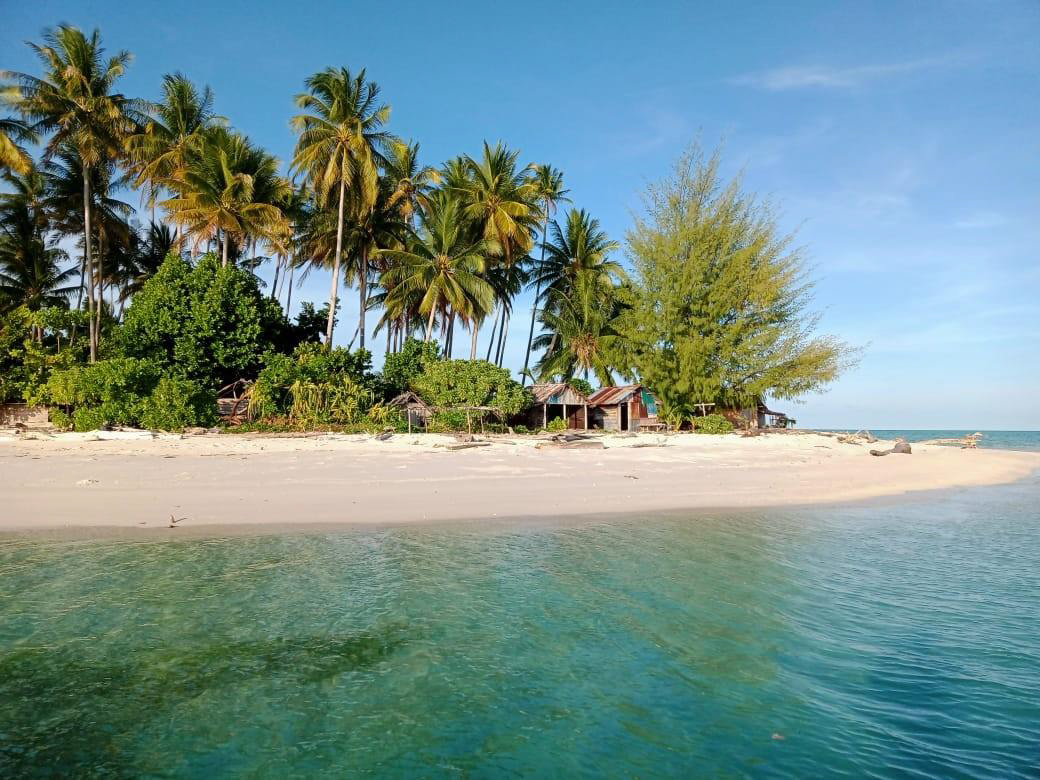To anyone who loves the oceans, the name “Raja Ampat” conjures a marine world of almost unimaginable richness. The archipelago of more than 1,500 islands is justly famous for its eye-popping coral reef ecosystems, which include thousands of species of fish, crustaceans, mollusks, echinoderms, marine turtles, and more. The Ayu Islands, north of Waigeo Island, sit amid this natural extravaganza. Green and hawksbill turtles nest on the pristine white sand beaches, and reefs teem with sharks, groupers, lobsters, and countless other creatures, including the giant humphead (Napoleon) wrasse. Several recently described species of fish are found only in the Ayu Islands.
But there are environmental threats even in this remote place. Divers, in search of ornamental fish to sell in the aquarium trade, squirt potassium into the reefs and scoop up stunned fish. Overfishing and coral damage have made fish yields decrease dramatically. Raja Ampat’s indigenous island communities, which have a deep and ancient relationship with the ocean, now realize that they need to take action.
This project was proposed by the people of Runi Village, most of whom are members of the Mambrisauw clan and have made their living by fishing for as long as anyone can remember. The clan members are the owners of customary rights in the islands, and they take seriously their responsibility to manage their environment for future generations. To protect against these new threats, they are turning to an old management technique called sasi. Essentially, it is a set of rules that regulates the taking of certain marine resources, with an eye to long-term health and sustainability.
To prevent illegal fishing, the community is building a monitoring tower, solar-powered basic shelters, and toilets on uninhabited Urbabo Island, where the people from Runi go to fish.


